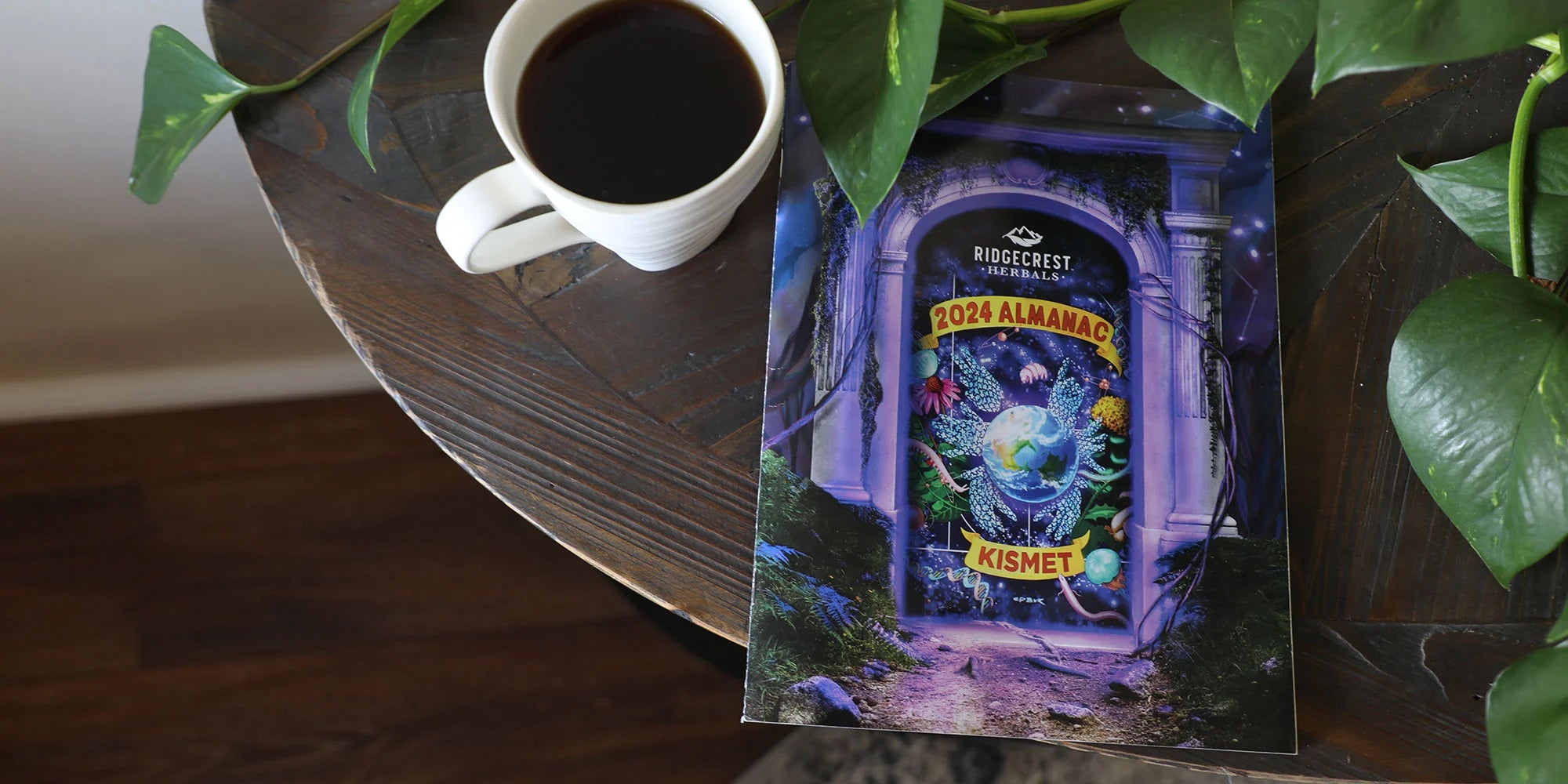A flower in bloom can be breathtaking.
A mushroom in bloom can also be a thing of wonder.
The mushroom fruit body is the reproductive structure of the mushroom. And, like the counterpart in many plants, fruit bodies have a vast array of forms, colors, and even fragrances associated with them. Fruit bodies can be white, brown, red, spotted, purple, and blue. There are even mushroom fruit bodies that luminesce under ultraviolet light. For most species, flowers are part of the reproductive cycle of life. With most plants and fungi, the flower or fruit body attracts insects and animals. Their presence is part of the process of pollination and dispersal of seeds and spores. We all work in a symbiotic manner to support the circle of life on our planet.
We might also consider the amazing processes that allow blossoms to manifest. It is an exercise of inclusivity to recognize all of the supportive structures and processes needed for blooms to occur, both in plants and fungi. For plants, most people think about the leaves, stems, bark, trunk, or roots. Only recently have many people started to think more deeply about the potential role mushrooms may play. There is a vast unseen network of mushroom mycelium, the root-like structure, in our soil. There is a group of mycorrhizal fungi that grow in and around plant roots which support plant growth. Mycorrhizae secrete plant growth hormones and shuttle nutrients amongst individual plants within fairly vast geographical areas. Mycelia liberate minerals from stones into the soil and also monitor and manage soil pests.
Furthermore, research suggests that mycorrhizae can be a conduit from neighboring plants sharing compounds that protect plants under attack from pests. Recent research also indicates that up to 90% of all plants have internal microbiomes with symbiotic fungi that invigorate and help protect them. This is all in support of plants flourishing to eventually flower and reproduce — the cycle of life.
Whether for ornamental or functional food sources, our gardens thrive when beneficial fungi abound in the soil. In reality, like bacteria, not all fungal species are beneficial. There are species like Phytophthora that are particularly pernicious and problematic when growing pumpkins, squash, and other cucurbits in our gardens. Our soils, like our bodies, require a balanced microbial ecosystem for our plants to thrive. Unfortunately, many commercial fungicides have a broad action and often destroy the beneficial fungi as well. Sound familiar? A more long-term, ecologically responsible approach would be supporting/repopulating beneficial mycorrhizal species and using carefully controlled applications for local overgrowths of problematic species. As we are finding with humans, we know that the overall ecosystem thrives with a more diverse and extensive presence of microbial species.
The mycelium can grow for centuries. There are a number of cues that trigger a mushroom to bloom. Fruit body production is typically dependent upon the amount of remaining substrate or growth medium, ambient temperature, CO2 levels, and moisture. When these factors are all within the range a particular species finds optimal, they begin the process of fruit body development and maturation, followed by spore ejection. For many mushroom species, the fruit body can be transient. Some last only a couple of weeks before being consumed by insects, animals, and microorganisms (maybe a knowledgeable mushroom forager too). For others like Reishi and Agarikon, they can live for years and even decades.
There is a record holder in the fungal kingdom of the largest and possibly oldest organism on the planet. In Eastern Oregon, the Humongous Fungus or honey mushroom (Armillaria ostoyae) covers approximately 3.5 square miles (2,200 acres; 9.1 km2). The National Forestry Service suggests this organism is estimated to be some 8,000 years old and may weigh as much as 35,000 tons. The number of fruit bodies the Humongous Fungus produces annually is uncountable. However, they are transient, yet, as the name suggests, quite sweet in flavor. In this way, the blooms of some plants and fungi can be edible and delicious, and supportive to our health and wellness*. Alternatively, there are plant and fungal species that we give a wide berth to. As beautiful as they might be visually, they are for aesthetic appreciation only. As in all gardens around the planet, cultivated or wild, we may not know why or how they fit into the larger ecological balance. Take, for example, stinkhorn mushrooms. They have a beautiful color and lace-like veil, yet the smell is so strong it can elicit increased heart rate, nausea, and revulsion. Yet, we can allow the presence of the Veiled Lady to co-exist with the Honey Mushroom, both fulfilling their roles on our planet. Nature provides numerous opportunities to observe and be awe-inspired by its diversity as it blooms around us.
*These statements have not been evaluated by the FDA. They are not intended to diagnose, treat, prevent or cure illness or disease.
**The author strongly suggests that you use a recognized field guide when foraging for mushrooms. It is also recommended that you do not consume wild mushrooms without prior thorough and accurate identification.
References/citations:
Monika A. Gorzelak, Benjamin H. Ellert, Leho Tedersoo
https://doi.org/10.1111/mec.15520
Esha Sharma, Garima Anand, Rupam Kapoor
https://blog.mycology.cornell.edu/2015/02/18/an-unlikely-delicacy-the-basket-stinkhorn/
https://www.nationalforests.org/blog/underground-mycorrhizal-network



